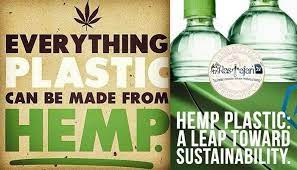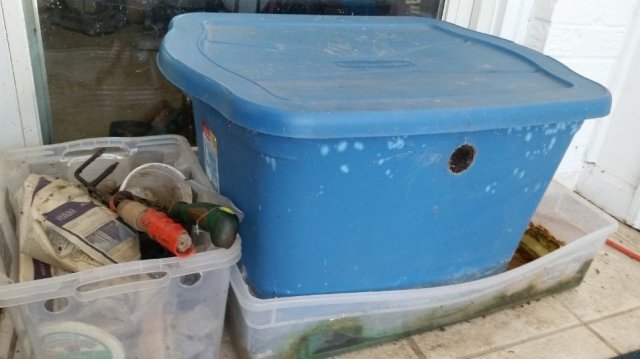 |
| Hemp a plant to save the planet |
How Hemp can Help Save our Planet
I'm excited, and you should be too. We have technologies and products within our grasp that can help us save the planet, help feed the hungry, provide construction, textiles and other materials and are eco-friendly.
The plant I'm excited about is hemp. It is part of the stavia plant family, cannabis, but hemp doesn't contain as much THC as cannabis, which gives it it's unique qualities. Accordingly to wikipedia, Hemp has lower concentrations of THC and may have higher concentrations of cannabidiol (CBD), which decreases or eliminates its psychoactive effects.
What Makes Hemp Great for Our Planet?
1) Hemp is one of the fastest growing planets on earth. It takes about 4 months for the stalks to mature.
2) Hemp is a great carbon sponge - for every tonne of hemp it removes 1.63 tons of carbon from the air, which is more than trees.
3) Hemp seeds are highly nutritious - Hemp seed provides more protein per gram than beef, and more omega 3 and 6 than salmon.
4) Hemp is a plant that is organically grown, so it is good for the soil, and other plant, animal and insect life because hemp requires no pesticides or herbicides, nothing is destroyed or poisoned in its production and it can grow just about anywhere, as it needs far less water than rice wheat or soy.
5) Hemp has multiple uses besides that of a food and skincare products. And by the way it is an impressive emollient, and fantastic for clearing skin conditions in a safe and natural way.
Hemp and it's many uses
 |
| Hemp has multiple uses and doesn't need pesticides to grow |
6) It helps to reduce industrial and household waste. As far back as over 10,000 years ago it was the first plant to be woven into a usable fibre. It's fibres which are cellulose can be used to make textiles, and other construction materials such as a Hempcrete, a biocomposite material which is used for construction and insulation.
It can completely wipe out the need for plastic production and thereby cut out the toxic pollution created by this industry. What is more it is a biodegradable product, so it won't damage our seas, soil and wildlife like plastic has done. In fact BMW is using hemp products to replace it's use of plastic in some of it's cars.
Bioremediation - Hemp cleanses the soil
 |
| Hemp cleanses the soil in crop rotation |
It can help with soil pollution. -Industrial hemp has a natural ability to remove toxic chemicals from soil. After the Chernobyl Nuclear Disaster, hemp was used to help clear radiation from the soil, showcasing successful results as the roots of the plant are deep and wide and can reach down to a depth of 3 feet. They are tolerant to heavy metals enabling them to be more effective at expelling widespread contamination.
Taranto in Italy also used industrial hemp to help clear the air and soil from the massive toxic problems caused by Italy's largest steel works.
In Taranto, according to experts, between 2004 and 2010 there were on average 83 deaths a year attributable to exceedances of particulate matter in the air, while hospitalizations for cardio-respiratory causes would amount to 648 per year. [ILVA] workers showed excess mortality from malignant disease (+11%), in particular for stomach cancer (+107), pleura (+ 71%), prostate (+50) and bladder (+69%). Among the non-cancerous diseases are found to be in excess neurological diseases (+64%) and heart disease (+14%). The workers with the qualification of employed presented excess mortality for cancer of the pleura (+135%) and brain (+111%). The impairment framework of the health status of the workers of the steel industry is confirmed by the analysis of hospital admissions in excess of hospitalizations for causes cancer, cardiovascular and respiratory.” (7)
3. Solution to Deforestation
Hemp can provide a solution to deforestation by providing the materials we need instead of needing to cut down trees to get it. Deforestation inflicts devastation on the planet, daily by increasing the amount of carbon dioxide in the air. It is also responsible for the extinction of many animal species in the Amazon and other countries.
How can Hemp Help with Global Warming and Climate Change?
 |
| Hemp Plastic |
The more hemp we safely grow the more carbon is taken out of the air, reducing global warming. And since hemp has a plethora of uses the more we use it for paper, bio-fuel, textiles, construction materials, food etc. the less waste we will produce.the less deforestation will be required and we could potentially reverse existing damage afflicted by global warming and climate change.

















Buy Local
Leave A Comment